Wind energy is converted into electrical energy through wind turbines. When the wind blows, it spins the turbine blades, which in turn rotate a generator. The generator converts mechanical energy into electrical energy, which can be transmitted, distributed, and used to power various devices and systems.

Wind Turbines
Wind turbines are the primary equipment used to harness the kinetic energy of the wind and convert it into electrical energy.
These turbines typically consist of three main components: the tower, the blades, and the nacelle.

The tower is a tall structure that supports the entire turbine and elevates it to capture higher wind speeds. The blades, usually made of fiberglass or composite materials, are designed to efficiently capture the kinetic energy of the wind as it blows past them. The most common design is the horizontal-axis wind turbine, where the blades are mounted on a hub and rotates around a horizontal axis like a propeller. The nacelle is located at the top of the tower and houses the key components such as the gearbox, generator, and control systems. The gearbox increases the rotational speed of the blades, enabling the generator to produce electricity at the desired frequency. The generator converts the rotational motion of the blades into electrical energy through electromagnetic induction. It typically consists of a rotor and a stator, with the rotor connected to the blades and the stator housing the copper windings. As the blades rotate, they spin the rotor, creating a changing magnetic field that induces an electric current in the stator windings. This alternating current (AC) is then converted to a higher voltage and synchronized with the grid frequency for efficient transmission and distribution. Wind turbines are often grouped together in wind farms, where multiple turbines are strategically placed to maximize energy production. By capturing the renewable and abundant resources of wind, these turbines play a crucial role in generating clean and sustainable electrical energy.
Wind Capture
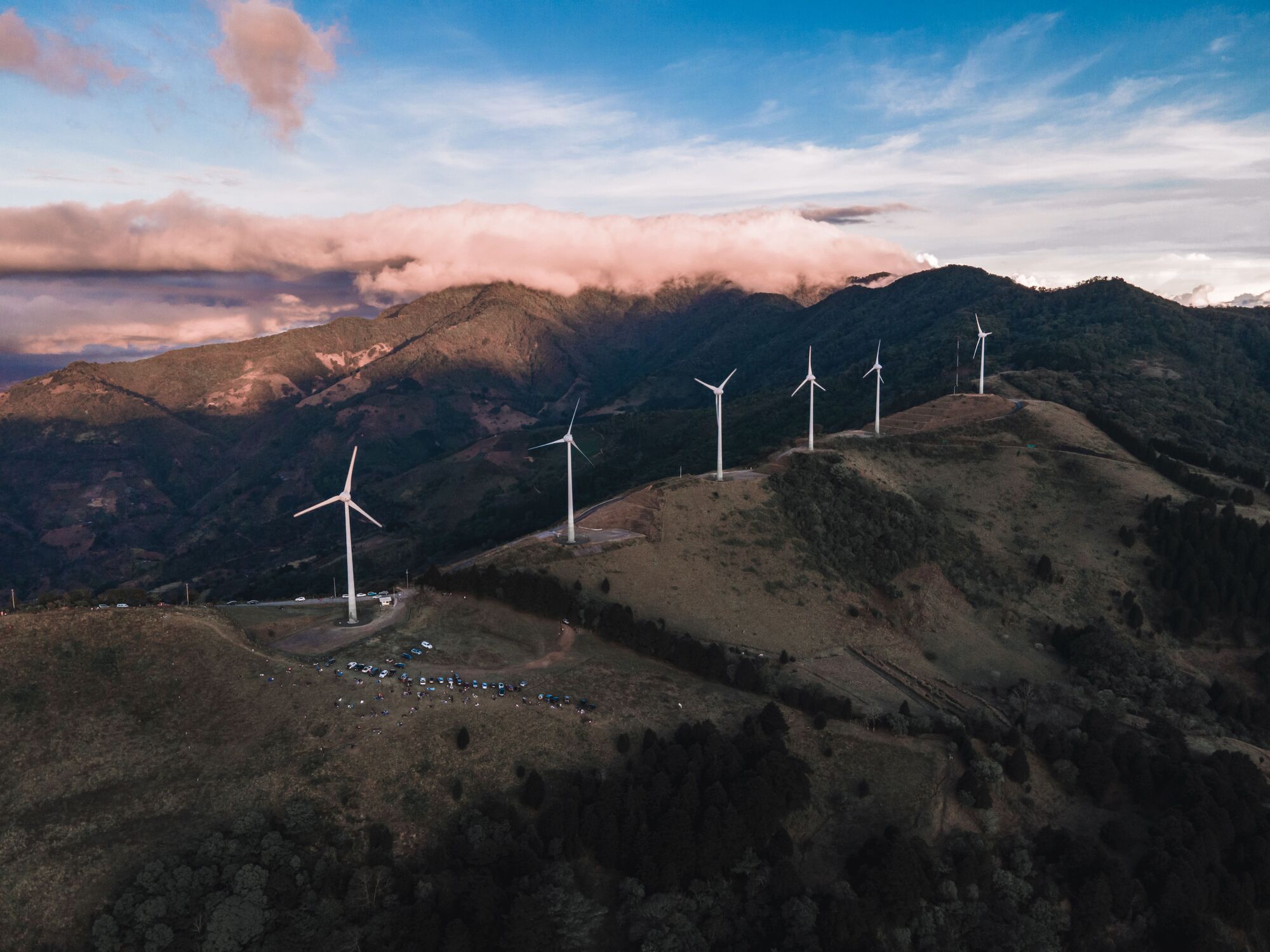
Wind capture is the core mechanism by which wind turbines harness the kinetic energy of the wind and transform it into electricity. The design of wind turbines is optimized to maximize the capture of wind energy. The blades of the turbine are carefully engineered with an aerodynamic profile, enabling them to efficiently intercept the wind and convert its energy into rotational motion.
This rotation is transferred to the generator, where the mechanical energy is transformed into electrical energy through electromagnetic induction.
Blade Design
The design of turbine blades plays a critical role in achieving effective wind capture. The blades are meticulously shaped with an emphasis on aerodynamics to maximize the surface area exposed to the wind and optimize the lift and drag forces acting upon them. This design allows the blades to efficiently capture as much wind energy as possible. By carefully considering factors such as blade length, curvature, and twist, engineers aim to strike a balance between capturing energy at low wind speeds and withstanding higher wind speeds. The aerodynamic shape helps the blades smoothly interact with the wind, minimizing turbulence and maximizing the conversion of wind energy into rotational motion, ultimately leading to the generation of electrical energy.
Wind Direction Sensing
Wind turbines incorporate sophisticated sensors that accurately detect the direction of the wind. These sensors provide real-time data on wind speed and direction. With this information, the turbine’s control system can automatically adjust the position of the blades to optimize wind capture. By continuously monitoring wind direction, the turbine aligns itself to face the wind, ensuring that the maximum amount of wind energy is captured. This feature is crucial as wind direction can vary over time. By dynamically adjusting the blade orientation, the turbine maximizes its efficiency and effectively harnesses the available wind resources. The ability to adapt to changing wind conditions enables wind turbines to consistently capture the highest possible amount of wind energy, enhancing their overall performance and contributing to increased electricity generation.
Rotor Rotation
When the wind blows, it imparts a force on the turbine blades due to the pressure difference between the windward and leeward sides of the blades. This force causes the blades to rotate around a central hub. The rotational motion of the blades is then transferred to the rotor, which is connected to the generator through a main shaft. The rotor spins inside the nacelle, housing the key components such as the gearbox and the generator. The rotation speed of the rotor is determined by the wind speed and the design characteristics of the turbine, including blade length, aerodynamics, and generator specifications. By effectively converting the wind’s kinetic energy into rotational motion, the turbine sets in motion the process of generating electrical energy.
Variable Pitch Control
In some wind turbines, the pitch angle of the blades can be adjusted. By changing the pitch angle, the turbine can optimize its performance in different wind conditions. For example, during high wind speeds, the pitch angle may be adjusted to reduce the rotor speed and prevent damage to the turbine.
Rotor and Shaft

As the blades of a wind turbine elegantly slice through the air, they set in motion a captivating dance of energy conversion.
With every revolution, the rotor, intricately connected to the blades, gracefully follows suit, spinning with purpose and determination.
This rotor, a crucial intermediary, finds its connection through a sturdy shaft that serves as the conduit for transmitting the rotational motion to the heart of the turbine – the generator.
With unwavering precision, the rotational energy gracefully travels through the shaft, traversing the inner workings of the turbine, until it reaches the awaiting generator. This generator, housed within the nacelle atop the tower, eagerly awaits the arrival of the rotor’s motion.
 As the rotor imparts its boundless energy onto the generator, a symphony of electromagnetic forces comes alive. Within the generator, a magnetic field is created, generated by the rotation of the rotor. This magnetic dance induces an electric current within the stator windings, a mesmerizing interplay of electrons flowing in harmony.
As the rotor imparts its boundless energy onto the generator, a symphony of electromagnetic forces comes alive. Within the generator, a magnetic field is created, generated by the rotation of the rotor. This magnetic dance induces an electric current within the stator windings, a mesmerizing interplay of electrons flowing in harmony.
This current, a testament to the wind’s mighty force, takes on the form of alternating current (AC), the lifeblood of electrical power. It surges forth, carried by the invisible tendrils of copper, ready to be channeled toward fulfilling its destiny.
With steadfast purpose, the electrical energy produced by the generator embarks on a transformative journey, transcending the boundaries of the turbine. It is guided through an intricate network of power electronics and transformers, carefully orchestrated to convert the electrical current to a higher voltage and harmonize its frequency with the power grid.
From this harmonious synchronization, a profound integration takes place. The wind’s raw and untamed energy, harnessed by the turbine’s artful design, now seamlessly merges with the existing electrical infrastructure. It becomes a part of a greater tapestry, where it interweaves with conventional sources of power, enhancing the grid’s resilience and sustainability.
In this captivating interplay of wind, motion, and electricity, the wind turbine stands as a testament to human ingenuity and nature’s infinite offerings. It transforms the invisible power of the wind into a tangible and invaluable resource, powering homes, businesses, and industries alike. As each blade cuts through the air, the wind turbine’s magnificence unfolds, reminding us of our ability to harmonize with nature and create a cleaner, brighter future.
Generator
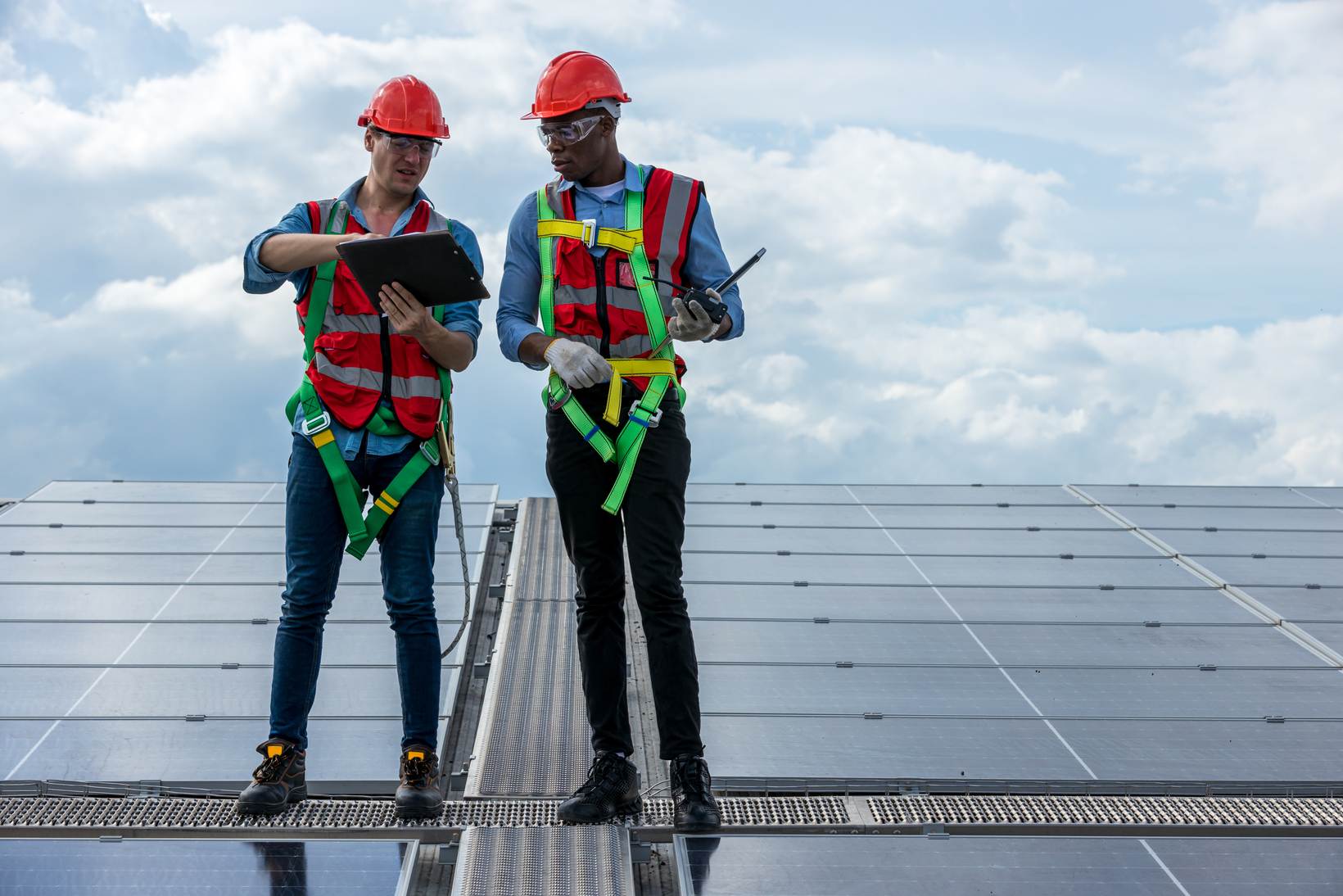
Within the ethereal realm of wind energy lies a wondrous interplay of motion and magnetism, where the boundless power of nature converges with the ingenuity of human engineering. At the heart of this captivating union rests the generator, nestled within the protective embrace of the nacelle, a sanctuary nestled behind the turbine’s majestic blades.
As the rotor, an embodiment of tireless determination, spins in perfect harmony with the wind, it sets in motion a symphony of electromagnetic forces. The rotor, composed of powerful magnets, breathes life into the generator, igniting a mesmerizing dance of energy transformation.
With each revolution, the rotor weaves an invisible tapestry of magnetic fields, an enchanting force that traverses the space between the rotor and the stator. The stator, a steadfast sentinel of electrical ingenuity, stands ready to receive the rotor’s magnetic offering.
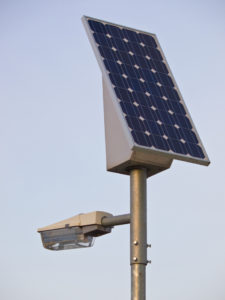 As the rotor spins, its magnetic field gracefully intersects the stator’s carefully wound coils of copper wire, evoking an enchanting response. Within this intricate embrace, a profound transformation takes place. The rotor’s magnetic allure induces an electric current to flow effortlessly through the stator windings, like a river coursing through the valleys of innovation.
As the rotor spins, its magnetic field gracefully intersects the stator’s carefully wound coils of copper wire, evoking an enchanting response. Within this intricate embrace, a profound transformation takes place. The rotor’s magnetic allure induces an electric current to flow effortlessly through the stator windings, like a river coursing through the valleys of innovation.
This current, a tangible embodiment of the wind’s untamed energy, pulsates with life, carrying within it the boundless potential to power our world. With every passing moment, it grows in strength, fueled by the indomitable spirit of the wind and the tireless rotation of the rotor.
The generator, a silent conductor of this captivating symphony, embraces its role with grace and purpose. It nurtures the burgeoning current, nurturing its vitality and preparing it for the journey that lies ahead.
In this harmonious interplay of motion and magnetism, the generator breathes life into the intangible, transforming the invisible dance of wind and rotor into a tangible current of electrical energy. It bestows upon us a gift, an ephemeral essence that courses through the veins of our power systems, illuminating our lives and propelling us toward a brighter, more sustainable future.
As we gaze upon the wind turbine, with its steadfast blades slicing through the air, we are reminded of the profound wonders that lie at the intersection of nature and human innovation. It is a testament to our ability to harness the raw power of the elements, embrace the forces of wind and motion, and unlock the limitless potential that lies within. In this captivating dance of motion and magnetism, we witness the transformative power of wind energy, a symphony that harmonizes the elements to power our world.
Electrical Conversion

In the realm of energy transformation, where the currents of innovation and necessity intertwine, a remarkable process unfolds, propelling electrical energy to new heights of efficiency and reach. At the heart of this captivating journey lies the converter, an amalgamation of power electronics and the transformative prowess of transformers.
As the generator breathes life into the wind’s kinetic energy, a current emerges, pulsating with the rhythm of alternating current (AC). This current, a testament to the harmonious dance between wind and motion, holds the promise of a brighter future. Yet, before it embarks on its voyage, it must undergo a metamorphosis, a transformation that will amplify its potential.
Enter power electronics, the virtuosos of energy conversion. With deft precision, they embrace the current, guiding it through a delicate ballet of amplification. Through a series of electronic wizardry, the alternating current is elevated to new heights, its voltage surging, and its potential magnified.
The transformed current, now adorned with a higher voltage, stands tall, ready to embark on a daring expedition. It is a journey that demands efficiency and resilience, for the electricity must traverse vast distances, reaching communities far and wide.
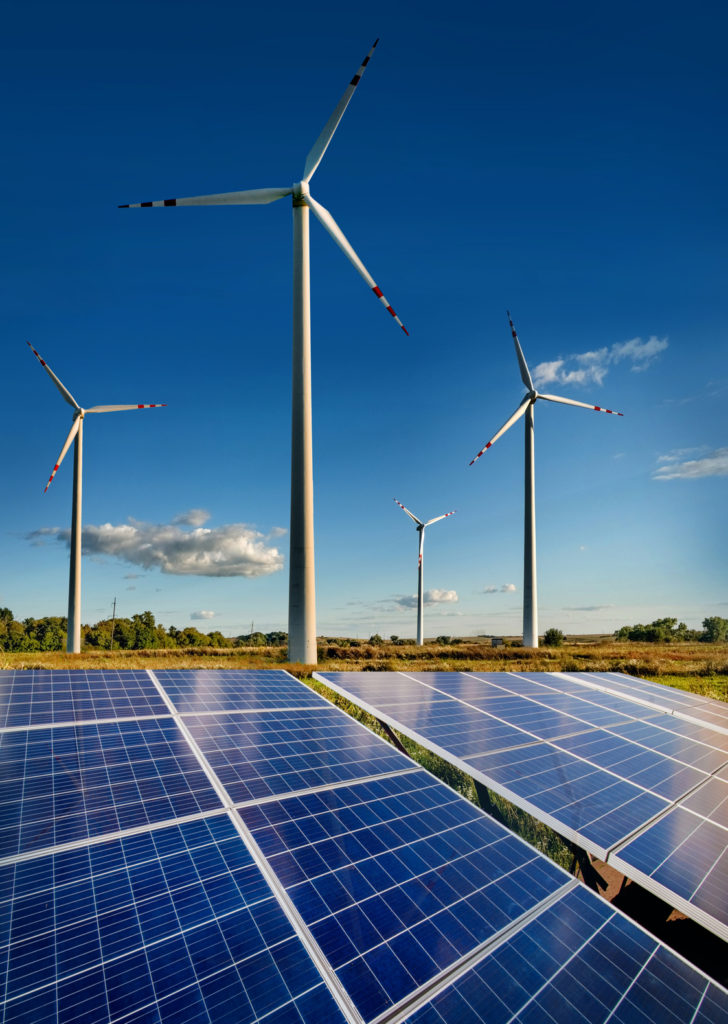 In this quest for efficient transmission, the transformer emerges as the guardian of electrical energy. With its mastery of electromagnetic principles, it embraces the pulsating current, gracefully stepping into the role of a conductor. Within its magnetic embrace, the voltage is fine-tuned, shaped to minimize losses and maximize efficiency.
In this quest for efficient transmission, the transformer emerges as the guardian of electrical energy. With its mastery of electromagnetic principles, it embraces the pulsating current, gracefully stepping into the role of a conductor. Within its magnetic embrace, the voltage is fine-tuned, shaped to minimize losses and maximize efficiency.
As the transformed current and the transformer unite, a symphony of electricity and magnetic fields ensues. The transformer diligently fine-tunes the voltage, preparing it for the rigors of long-distance transmission. Its magnetic cores delicately orchestrate the dance of currents, guiding the electricity along a path of minimal resistance, ensuring that the energy reaches its destination with minimal loss.
In this harmonious union of power electronics and transformers, the converted current stands empowered, ready to embark on a grand odyssey. It surges forth, coursing through transmission lines, traversing vast landscapes, and connecting distant realms.
Over the hills and valleys, through mountains and plains, the transformed current defies distance, lighting up the lives of communities, businesses, and industries. It is a testament to the synergy between innovation and necessity, an embodiment of our unyielding quest to harness the wind’s energy and deliver it to the farthest corners of our world.
Grid Connection
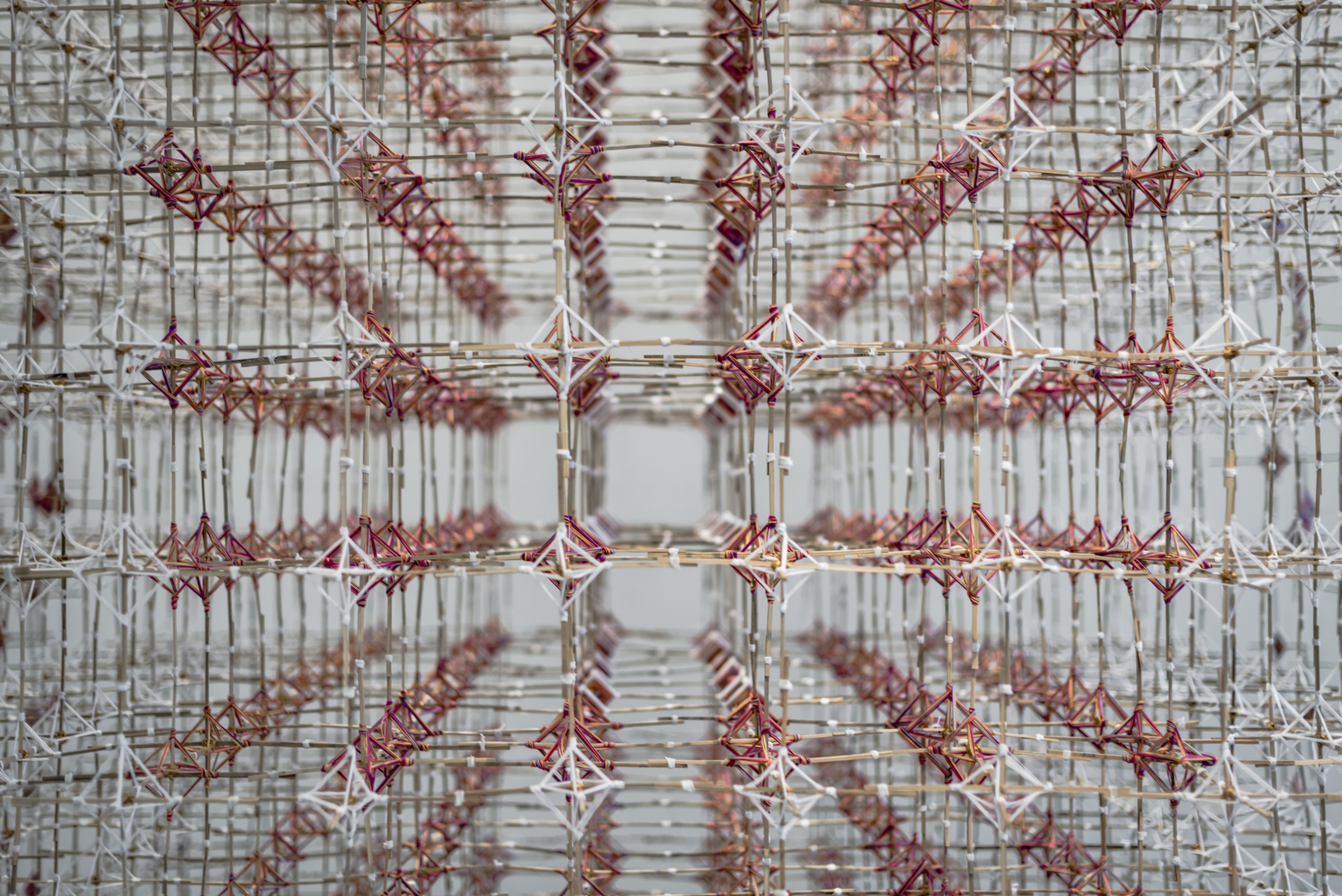
In the vast web of interconnected power systems that underpin our modern world, a seamless integration of renewable energy sources is essential for a sustainable future. Within this intricate tapestry, wind turbines emerge as guardians of change, channeling their electrical energy to the power grid through a labyrinth of substations.
As the wind turbines diligently capture the invisible force of the wind and convert it into electrical energy, a vital connection is forged. Like a bridge spanning time and space, the electrical current flows from the turbines, seeking its rightful place within the interconnected network of power.
Substations, with their watchful presence, stand as sentinels of this vital union. With meticulous precision, they oversee the flow of electricity, managing its journey from the wind turbines to the heart of the power grid. They serve as custodians, ensuring the smooth integration of wind energy with the rest of the power system.
Within the substations, a symphony of transformers and switches orchestrates the ebb and flow of electrical energy. Transformers, adept in their craft, modulate the voltage levels, fine-tuning the energy for optimal transmission. They shape the currents, readying them to embark on their journey through power lines that span across vast distances.
As the electrical energy surges forth, coursing through these arteries of power, it cascades through the power grid, illuminating homes, empowering industries, and fueling our collective progress. It intertwines with conventional sources of energy, creating a harmonious blend that bolsters the resilience and sustainability of our power systems.

Substations, with their keen intellect and technical prowess, ensure that the influx of wind-generated electricity aligns seamlessly with the needs of the grid. They monitor and manage the flow, ensuring stability, balance, and optimal utilization of this renewable resource.
In this dance of energy integration, wind turbines, and substations join forces, transforming the intangible whispers of the wind into tangible currents that power our lives. They embody the vision of a greener future, where renewable energy sources intertwine effortlessly with traditional systems, forging a path toward sustainability.
As we marvel at the wind turbines gracefully spinning and the substations silently humming, we witness the remarkable union of nature’s raw power and human innovation. It is a testament to our ability to embrace change, harness the elements, and build a world where renewable energy flows seamlessly into the interconnected tapestry of our power grid.
Distribution and Consumption

In the realm of energy consumption, a revolution is underway, as the gentle whispers of the wind usher in a new era of clean and sustainable power. As wind-generated electricity gracefully intertwines with the grid, it embarks on a transformative journey, lighting up homes, energizing businesses, and propelling industries toward a future bathed in renewable brilliance.
 With every gust of wind harnessed by the towering wind turbines, a symphony of electrons dances through the power lines, eager to embark on their mission of empowerment. As these currents seamlessly merge with the grid, they find their purpose, becoming the lifeblood of a multitude of electrical devices and systems that enrich our lives.
With every gust of wind harnessed by the towering wind turbines, a symphony of electrons dances through the power lines, eager to embark on their mission of empowerment. As these currents seamlessly merge with the grid, they find their purpose, becoming the lifeblood of a multitude of electrical devices and systems that enrich our lives.
In homes, the wind’s gentle caress powers the lights that illuminate cozy spaces, the appliances that hum with efficiency, and the devices that keep us connected to the world. It provides a sustainable embrace, powering the very heartbeat of our living spaces while leaving behind a smaller ecological footprint.
Across sprawling cities and bustling commercial hubs, wind-generated electricity breathes life into businesses, fuelling industries with a sustainable vigor. It empowers factories, offices, and enterprises of all sizes, ensuring productivity, innovation, and growth while championing the cause of environmental stewardship.
From the smallest of gadgets to the most complex machinery, wind-generated electricity nurtures a plethora of electrical systems, offering a green alternative to power our modern world. It electrifies transportation networks, allowing electric vehicles to glide silently, leaving behind cleaner skies and healthier communities. It energizes healthcare facilities, ensuring the seamless operation of life-saving equipment and medical advancements. It empowers educational institutions, fostering a brighter future through the education of young minds.
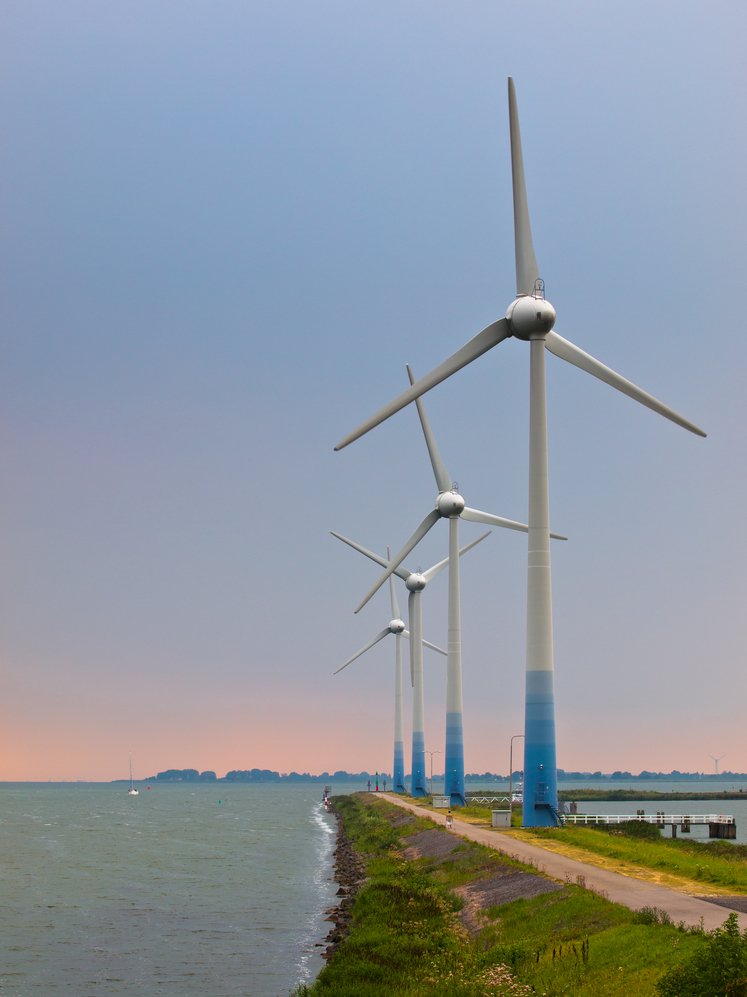
As wind-generated electricity flows effortlessly through the grid, it paints a tapestry of sustainability, where the energy we consume aligns harmoniously with the principles of conservation and renewal. It signifies a profound shift towards a future that balances our power needs with the preservation of our planet.
In this symphony of wind, grids, and consumption, we witness the power of choice, where renewable energy sources gracefully take center stage. As wind-generated electricity weaves its way into the fabric of our lives, it offers us the promise of a cleaner, brighter, and more sustainable tomorrow.
So, let us embrace this gift of wind, as its gentle whispers transform into a symphony of electricity that powers our world. Together, we can forge a future where our energy consumption respects the Earth’s bountiful resources, ensuring a legacy of sustainability for generations to come.
By embracing wind energy, you become an active participant in shaping a future that values renewable resources and protects our planet. Together, let’s harness the power of the wind to create a cleaner, more sustainable world for ourselves and future generations. The time for action is now!
